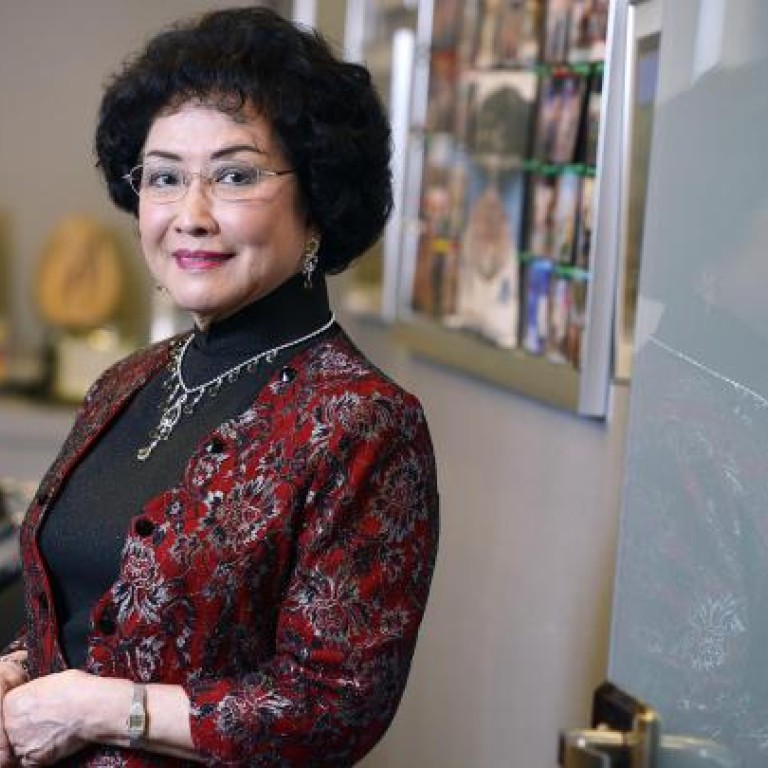
Swathed in tradition
Vera Waters knows a thing or two about cheongsams. The vibrant 77-year-old, who still keeps an astonishingly full schedule running her skincare business, owns more than 360 tailor-made cheongsams. She is the woman who museums seek out when they want to hold an exhibition on the traditional Chinese dress. So far, she’s given more than 100 sets of custom-made cheongsams and matching jackets to Hong Kong’s History Museum and Heritage Museum, and donated another 20 sets to the China National Silk Museum in Hangzhou.
The wardrobe she flings open, while wearing a red floral-printed jacket atop a glittery black cheongsam, would put most stores to shame. Expertly pressed and organised by season (hot and cool months) and by a gradient rainbow of colours, these cheongsams cost from HK$3,000 to HK$5,000, with the most expensive ones exceeding HK$10,000. For more than three decades, Waters has gone to the same tailor, Lau On-hing, of New King’s Fabric, who counts among his clients actresses Maggie Cheung Man-yuk and Zhang Ziyi.
Waters once had several tailors on call, but all except for Lau have died or retired. Lau is in his sixties and has been saying for some time he wants to retire. It worried Waters, so she commissioned 120 cheongsams in one go. “I said to him, ‘Do this in your spare time’ … Once you’ve finished one or two, call me and I’ll come and give you the payment.’ It took him one year.”
Lau plans to work for a while longer but, like many of his fellow master cheongsam-makers, has no apprentice to pass his skills on to.
Teresa Coleman, of Teresa Coleman Fine Arts, says cheongsam collecting is an expanding market. She recently sold most of her 1940s cheongsam collection that included a dress that, alone, was worth HK$23,000, and is negotiating to buy another collection of about 50 pieces from a collector in Europe. For now, cheongsams have the advantage of still being reasonably priced. “Chinese court textiles, which our gallery specialises in, have become rare and difficult to find at affordable prices for new collectors,” says Coleman.
With no formal system for teaching the skills to a younger generation, the supply of high-quality cheongsams is dwindling. Professor Raymond Au, associate head of Hong Kong Polytechnic University School of Design, says the university does not offer cheongsam training. They don’t have the tailoring skills to offer students, but would be open to the idea of holding workshops if they could get the right tailor to teach it.
Au says many cheap imitations of the cheongsam are too tight and poorly stitched. He adds that the cut of a quality cheongsam will allow the wearer to get up from a seated position without having to wiggle or pull on the dress. The technique to create the fastenings, called “frogs”, requires careful training.
Cheongsams are “deceptively simple as wonderful clothes always are”, says Hazel Clark, a professor at Parsons the New School for Design who penned the book The Cheongsam. She calls it the national dress of Hong Kong as it was still worn here in the 1950s and ’60s, when mainland women were forced to wear the Mao uniform. “China rejected it because of politics. The image of the cheongsam was projected to the world via Hong Kong film and culture, so it’s very associated with the city without it being born in Hong Kong,” she says.
